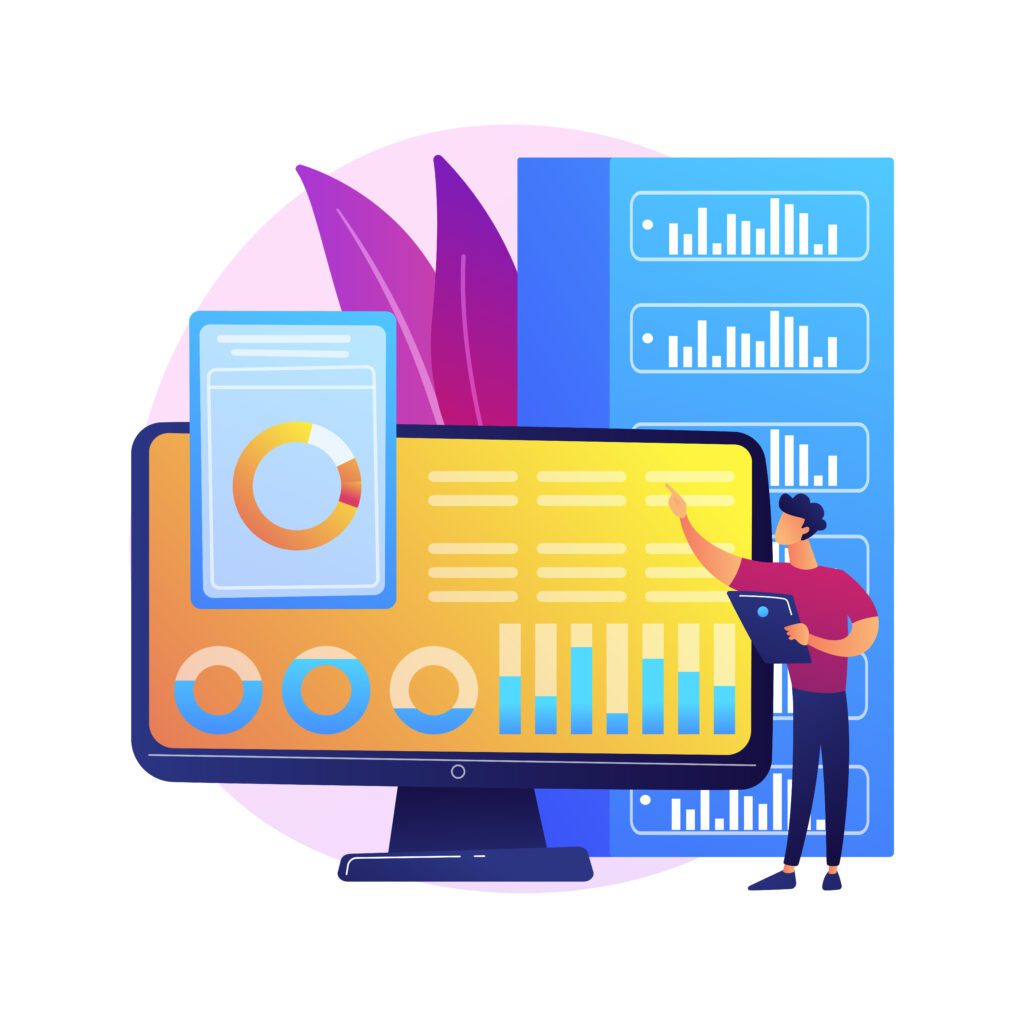Understanding the
sales funnel is crucial for any digital marketing strategy, as it represents the journey a potential customer takes from awareness to conversion. In the highly competitive digital landscape, optimizing your sales funnel is the key to maximizing conversions and revenue. This comprehensive guide will walk you through the step-by-step process of optimizing your sales funnel, ensuring that you capture and convert leads effectively.
Overview of Sales Funnel Stages
Top of the Funnel (TOFU)At the top of the funnel, potential customers first become aware of your brand, making it essential for creating a strong first impression. Crafting engaging and informative content is paramount at this stage to capture the attention of your target audience. Techniques such as social media marketing and content creation play a pivotal role in improving brand visibility and attracting a wider audience.
Middle of the Funnel (MOFU)Moving beyond awareness, the middle of the funnel focuses on nurturing leads and building a deeper connection with potential customers. Effective lead nurturing strategies are critical in guiding prospects through the consideration phase and building trust. Email campaigns, personalized content, and targeted communication are powerful tools in this stage, helping to move leads closer to the conversion point.
Bottom of the Funnel (BOFU)At the bottom of the funnel, the emphasis shifts to converting leads into customers, making it the most crucial stage for driving sales. Fine-tuning your conversion strategies is key to ensuring that leads make the final leap into becoming loyal customers. This involves streamlining the conversion process with a user-friendly website, clear calls-to-action, and transparent pricing. Additionally, implementing retargeting strategies keeps your brand top-of-mind for leads who may have shown interest but didn’t convert initially.

Assessing Your Current Funnel
Conducting a comprehensive funnel audit is essential before optimizing. This audit helps identify strengths and weaknesses in your current sales funnel, providing a solid foundation for strategic improvements. Analyzing key metrics and user behavior allows you to pinpoint areas that require attention and fine-tuning.
Implementing Changes at Each Stage
TOFU OptimizationTo optimize the top of the funnel, focus on improving awareness and capturing leads. Enhance brand visibility through social media, content marketing, and other top-of-the-funnel tactics. Implement lead capture strategies, such as compelling landing pages and enticing offers, to convert awareness into tangible leads.
MOFU OptimizationEffective lead nurturing is crucial in the middle of the funnel. Deploy email campaigns, personalized content, and targeted communication to nurture leads and guide them through the decision-making process. Building trust through case studies, testimonials, and educational content solidifies your brand’s credibility in the minds of potential customers.
BOFU OptimizationStreamlining the conversion process at the bottom of the funnel involves simplifying user journeys with a user-friendly website, clear calls-to-action, and transparent pricing. Additionally, implementing retargeting strategies with personalized offers and ads helps re-engage leads who may have shown interest but didn’t convert initially.

Utilizing Analytics for Continuous Improvement
Harness the power of analytics to gain insights into user behavior, identify bottlenecks, and make data-driven decisions for ongoing funnel optimization. Tracking key performance indicators (KPIs) such as conversion rates, bounce rates, and customer lifetime value is essential for measuring the success of your funnel optimization efforts. In conclusion, optimizing your sales funnel is an iterative process that requires continuous monitoring, strategic adjustments, and a deep understanding of your target audience. By embracing a data-driven approach and leveraging analytics, you can ensure that your sales funnel evolves in response to changing market dynamics and consumer behaviors.
FAQ Section
Q1: How often should I conduct a funnel audit?A: Conduct a funnel audit regularly, at least once every quarter, to stay updated on the performance of your sales funnel and identify areas for improvement.
Q2: What are the key metrics to track in the middle of the funnel?A: Key metrics for the middle of the funnel include engagement rates, lead nurturing conversion rates, and the effectiveness of targeted communication through email campaigns.
Q3: How can retargeting strategies be implemented effectively?A: Implement retargeting by creating personalized ads based on user behavior, using enticing offers, and reminding leads about your brand through strategic ad placements on various platforms.
Q4: Is a user-friendly website crucial for optimizing the bottom of the funnel?A: Yes, a user-friendly website is essential for simplifying the conversion process, ensuring clear navigation, and providing a seamless experience for leads at the bottom of the funnel.
Q5: What role does transparency play in the bottom of the funnel optimization?A: Transparency in pricing, product information, and policies builds trust with potential customers, facilitating smoother conversions and fostering long-term customer relationships.
Ready to transform your website into a lead-generating machine? Don’t wait!
Here’s how Unicorn Marketing Solutions can help: - Free CRO Consultation: Let our experts analyze your website and identify potential conversion roadblocks.
- Data-Driven Strategies: We’ll tailor a custom CRO plan based on your unique goals and user behavior.
- Expert A/B Testing: Experiment with different website elements to see what drives the most conversions.
- Ongoing Optimization: We’ll constantly monitor and refine your strategies for continuous improvement.
Don’t leave valuable leads and sales on the table.
Contact Us today and unlock the true potential of your website!





